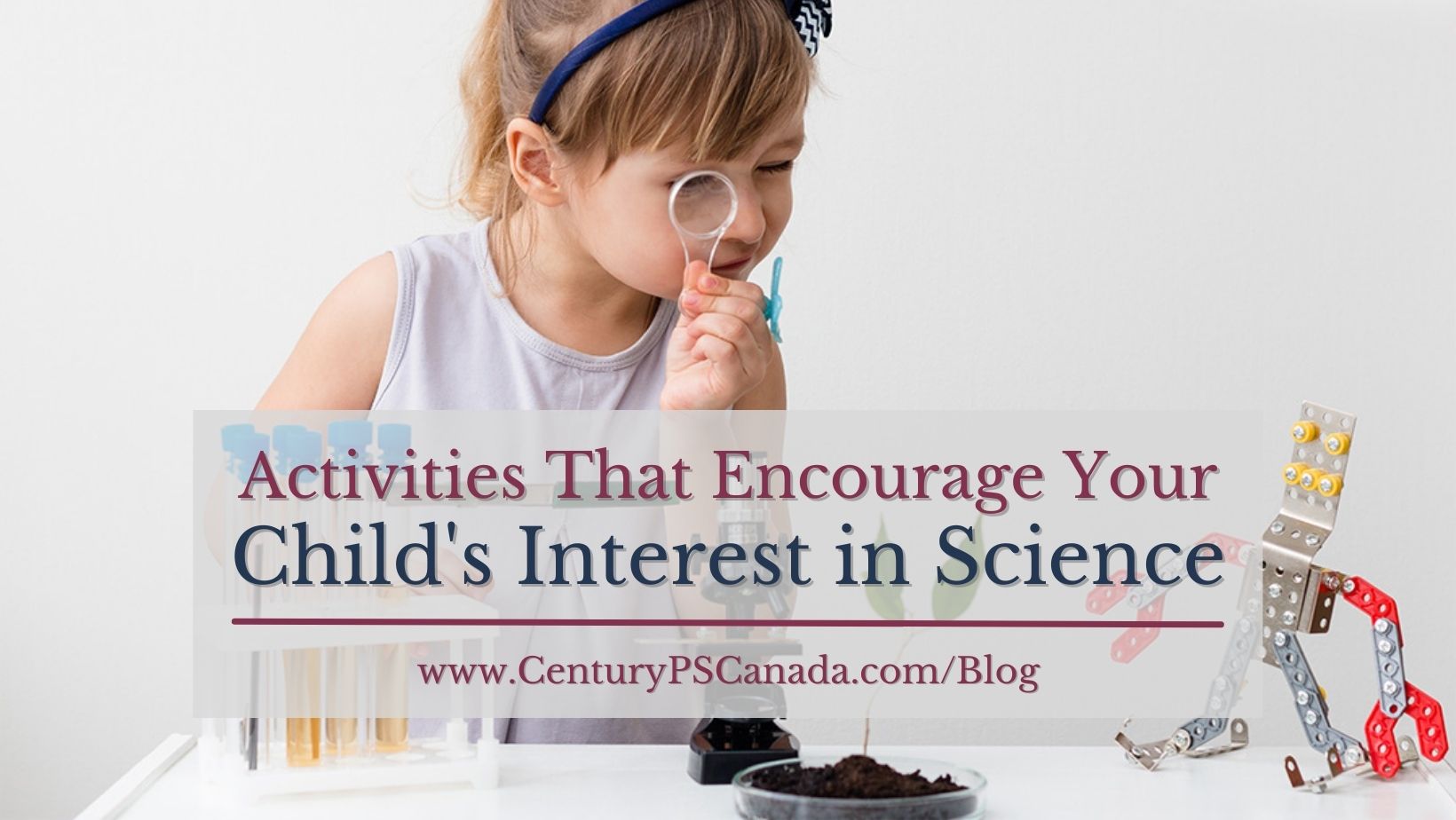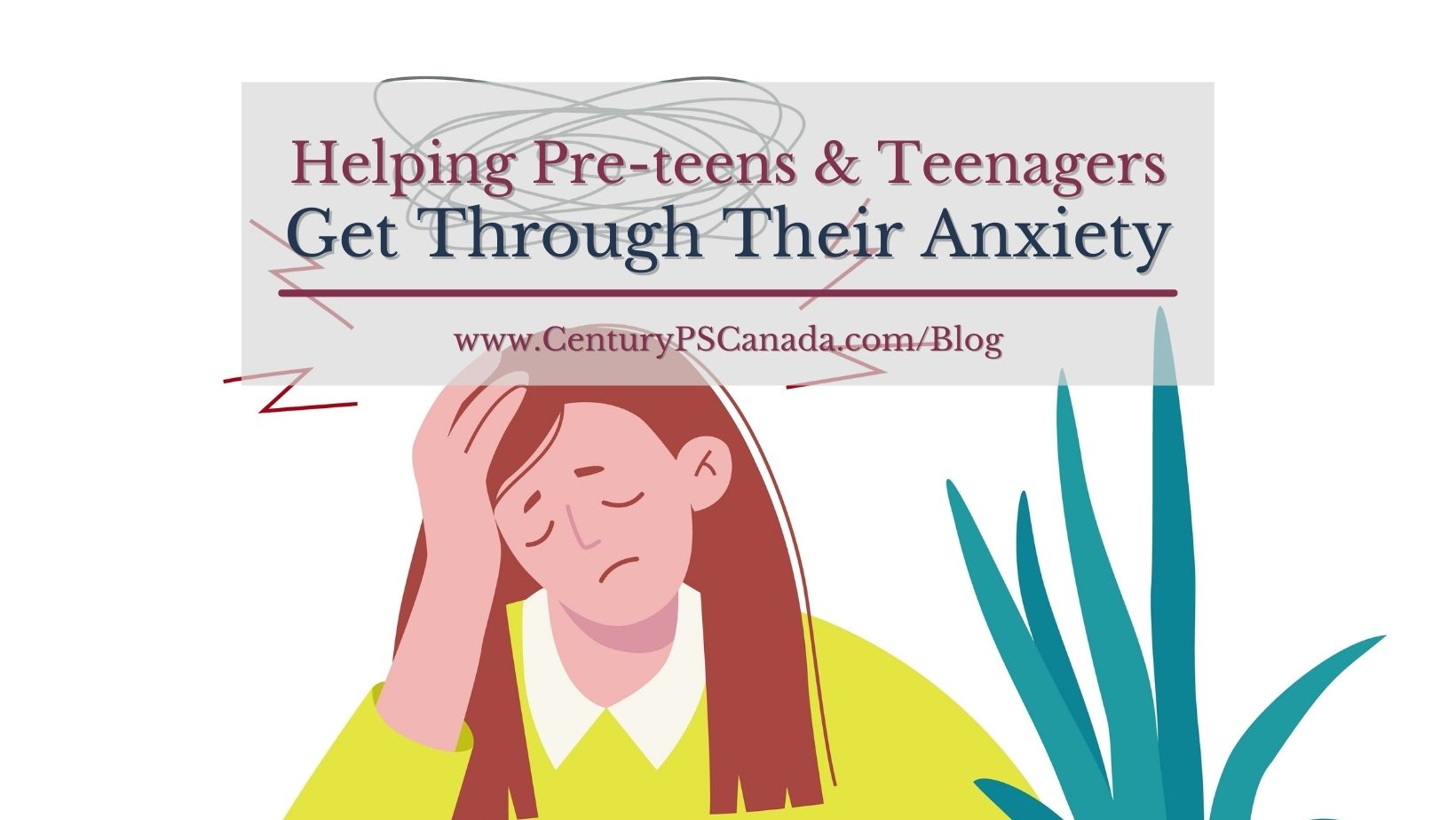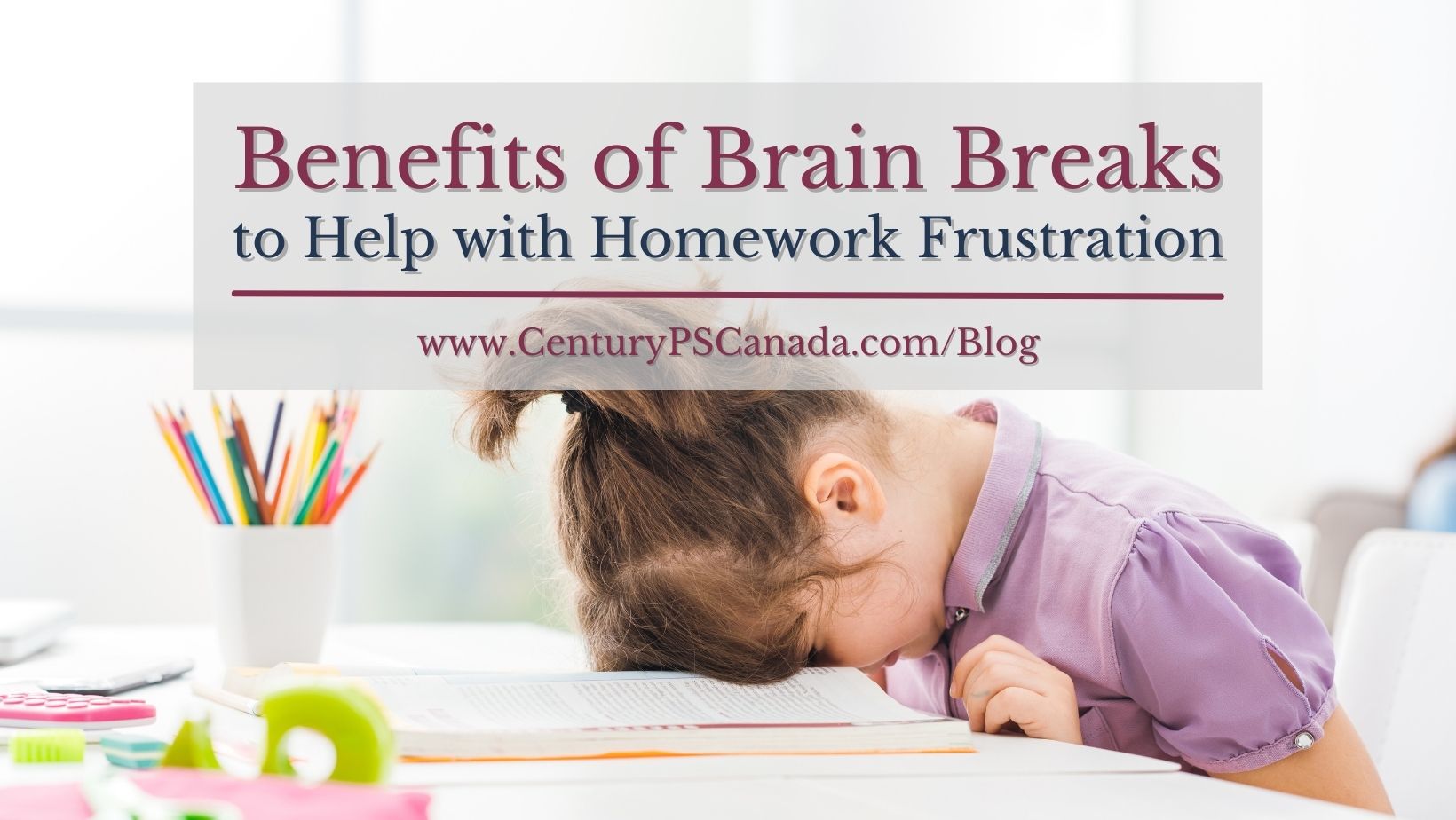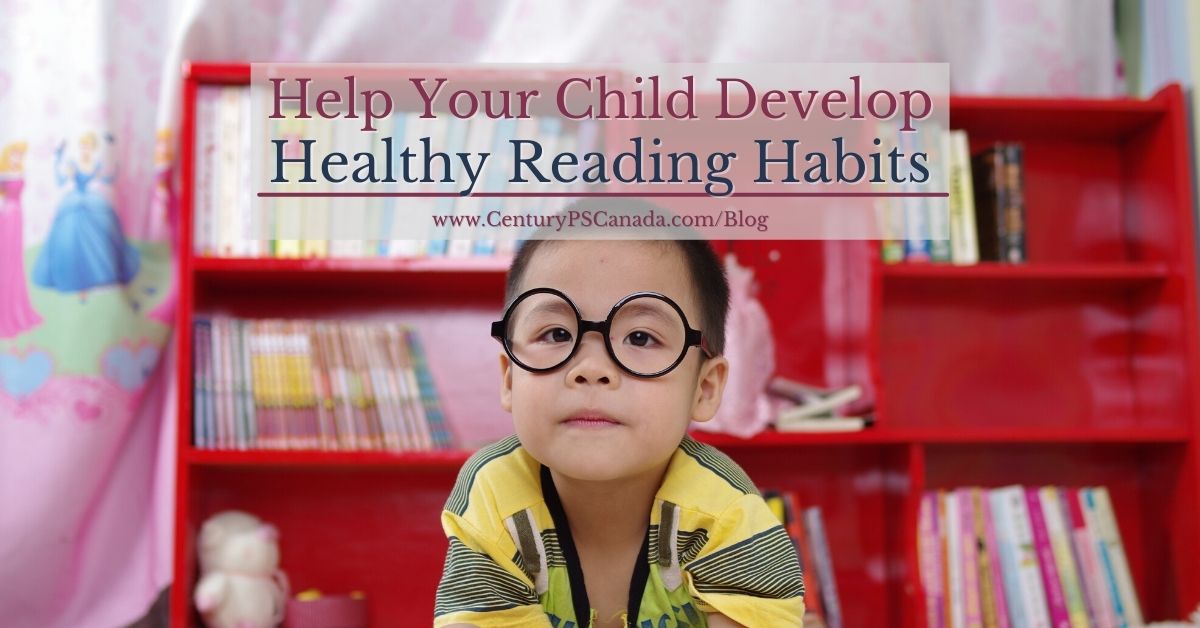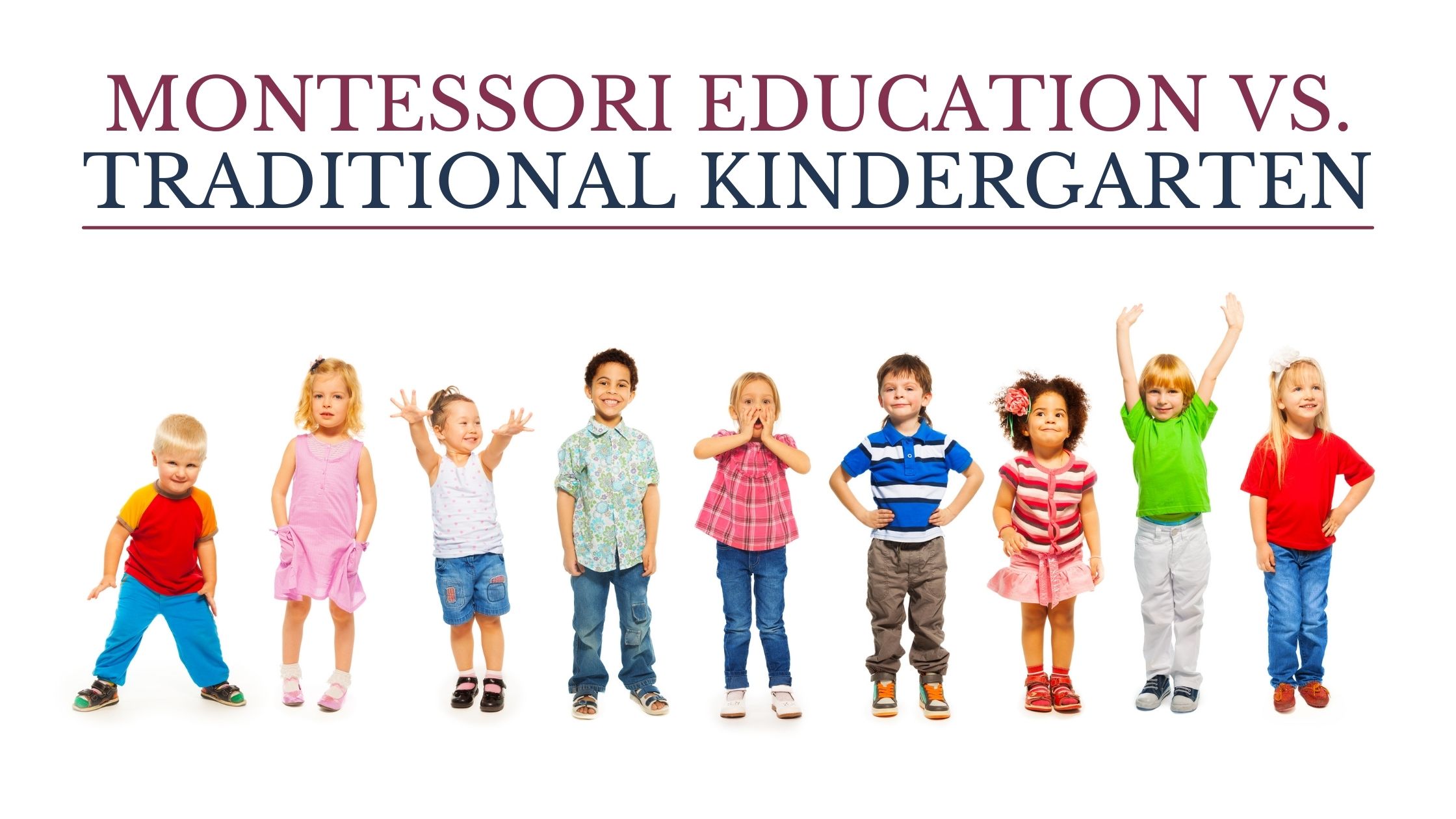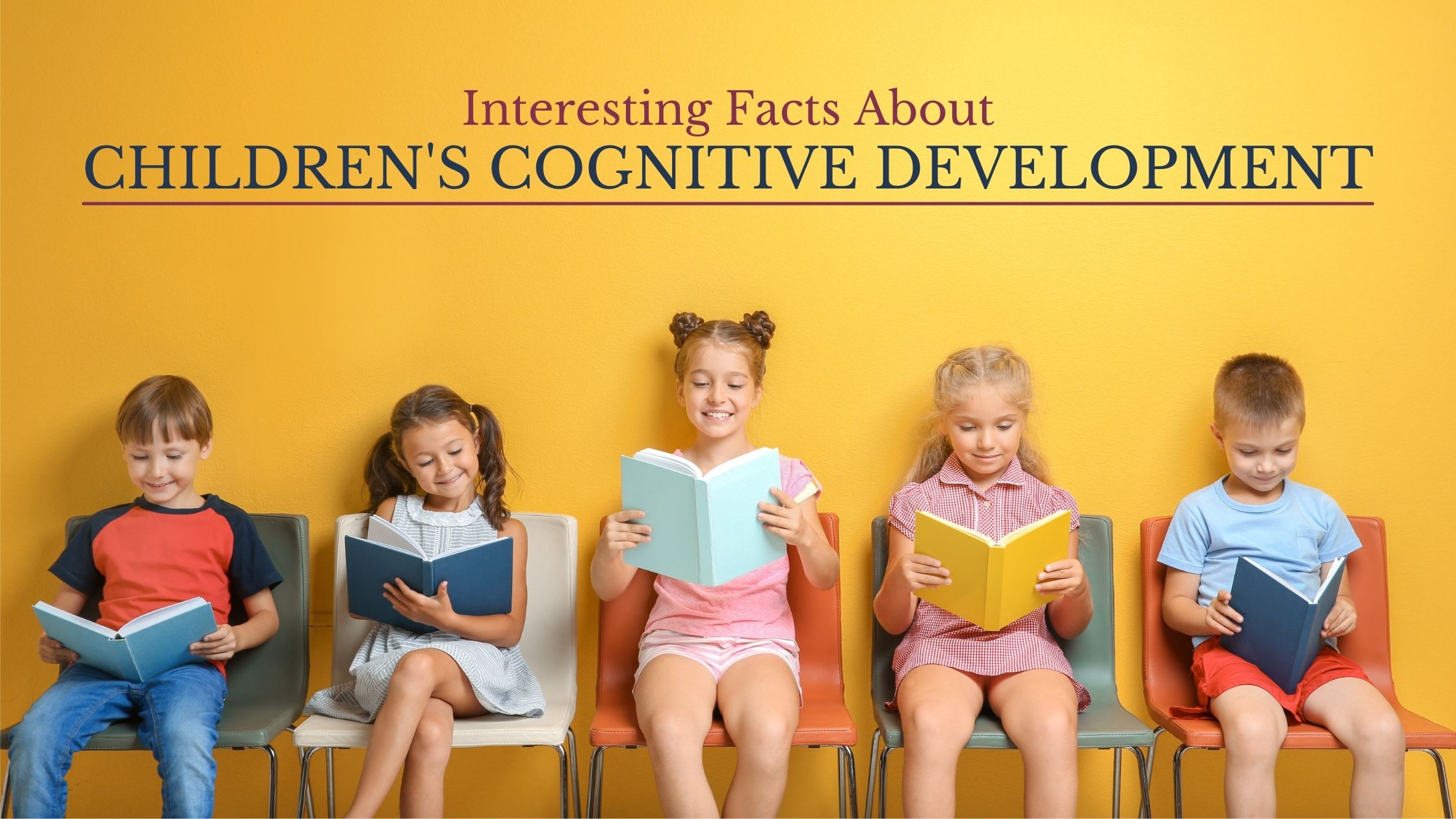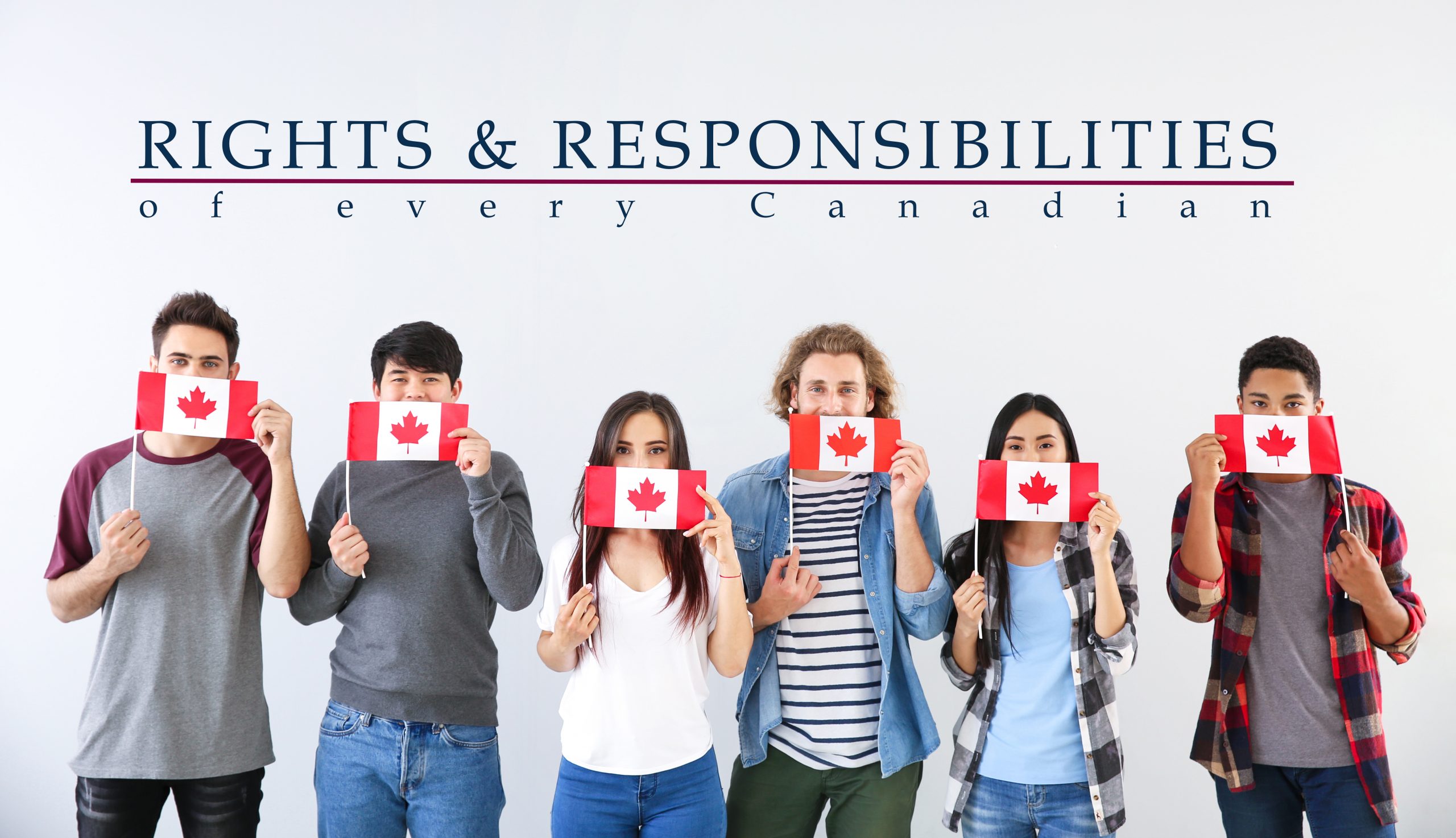Couples making the transition to parenthood often describe it as being one of the most joyous, exciting, and life-changing experiences of their lives. While that is true, it can also be one of the most challenging and nerve-wracking experiences as well. As parents quickly learn, the health and safety of their children become their number one priority. It is therefore not surprising that tracking a child’s growth and development becomes a topic of concern. All parents, whether it’s their first child or not, experience this to an extent. It usually starts from the early moments a couple’s pregnancy is confirmed, increases the moment the baby is born, and it continues for years to come. In this guide, the development timeline of a child’s first 3 years of life will be examined, as well as what you can do as a parent to help your child through these stages. The main aspects of development can be summed up in 4 categories: · Emotional and social development · Language and communication · Cognitive (learning, thinking, and problem-solving) · Movement and physical development 2 MONTHS Emotional/Social: Smiling at people, sucking on their fingers or toes to calm themselves down, and eying for their parents are the early signs of their social/emotional abilities. Language and Communication: They turn their heads towards the direction of sounds, and they vocally react by cooing or making gurgling sounds which is an indicator of their language skills developing. Cognitive: They also start to pay attention to faces, recognizing people, and follow with their eyes. These are signs that your baby is cognitively growing. Movement and physical development: They can hold up their head or push themselves up when they’re down on their belly and you will generally notice smoother, more controlled movements. Tips to help your child’s development at this stage: · Engaging with them verbally and emotionally, through playing, talking, and cuddling. Make sure to use clear language and be more animated when your baby reacts with excitement. · Creating a daily routine of sleeping, feeding, and playing times · Observing and understanding your baby’s likes and dislikes. This will help both the baby and the parent in being more comfortable and confident. · Have mirrors around at a safe distance so your baby can look at herself. 4 MONTHS Emotional/Social: At this stage, your baby’s existing skills continue to develop, and you will notice a lot more engagement and curiosity. They smile at people and like to play with them, and they being to copy the movement and facial expressions. Language and Communication: They also become more vocally expressive. They begin to babble often, and you will notice they have different cries that reflect different emotions such as hunger, pain, or being sleepy. Cognitive: Your baby’s cognitive development in this stage will present itself in their physical and emotional response to people and objects in close proximity. They follow people and sounds with their eyes and they start to reach for and visually analyze objects around them. You will also notice that your baby starts to recognize people at this stage which is an extremely exciting transition for those close to the baby but not the parents. Movement and physical development: At this stage, your baby’s ability to control their movement also increases. They have a steadier hold of their head, they start to roll over, get up on their elbows, hold, shake, and swing objects, and push down their feet when on a hard surface. Tips to help your child’s development at this stage: · Continue talking to your baby and keep up the animated and cheerful dialogue. Copy your baby’s sounds and sing to them. · Continue the routine that you set earlier, make adjustments as needed but make sure to keep a daily routine of sleep, eating, and playing. · Play with your baby as much as you can. You can play simple games like peek a boo or use toys and colorful objects. You can place toys in your baby’s close proximity and encourage them to reach them. · Make sure to have some quiet time and connect with your baby. Sing or talk to them in a peaceful tone. You should also start teaching your baby to stand up. You can put them upright on a hard surface and talk or sing to them as they stand with your support. This is a great bonding moment 6 MONTHS Emotional/Social: At this stage, babies start to recognize themselves in the mirror and will distinguish between familiar faces and strangers. They love to play with others and often respond to other people’s emotions with happiness. Language and Communication: They respond to sounds by making sounds, they try to speak, mainly in vowel language (ah, oh, eh) as well as consonant sounds (m, b, da). They also know their name at this stage and will react to you calling them. Cognitive: Sight, touch, and taste become very prominent at this stage. They look at objects around with curiosity, reach, grab/touch, and taste what’s accessible. Movement and physical development: Their movement and physical development at this stage will allow your baby to roll over in both directions, bounce if you stand them up, and sit without support. Tips to help your child’s development at this stage: · Play with your kids on the floor and read books to them on a daily basis. Books are the best “toys” to help your child’s development. Especially colorful ones. · Be more sensitive to emotions you read such as happiness and discomfort. Continue doing what makes your baby happy, reciprocate by copying their smile and sounds that reflect their pleasure and satisfaction, and take a break to soothe your baby when they when show discomfort. · Talk to your baby about things they notice such as toys, objects, tv, doorbell, etc., and point out things and name them. · Encourage your baby to move and roll over by placing toys and colorful objects in close proximity. Hold


